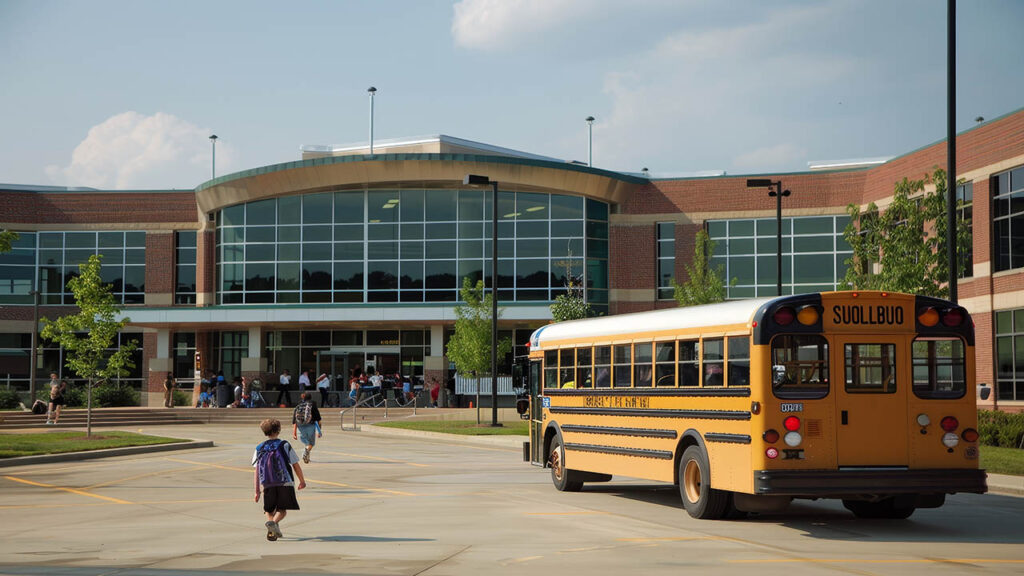Hard vs. Soft School Safety Solutions: Finding the Right Balance
School safety is a top priority for educators, law enforcement, and policymakers, but too often, the conversation is focused on hard security measures—metal detectors, surveillance cameras, and access control systems. While these tools are essential, they don’t address the human factors that influence school safety. That’s where soft safety measures come in.
Soft solutions—such as training, relationship-building, and clear role definitions—help prevent problems before they escalate. Studies show that schools implementing both hard and soft safety measures see significant reductions in violent incidents compared to those relying solely on physical security. Hard measures provide protection, but soft measures create a proactive culture of safety, accountability, and trust.
One of the biggest challenges schools face is ensuring that security measures and safety policies work together effectively. For example, SROs are often tasked with responsibilities outside their intended role, such as handling minor disciplinary issues instead of focusing on threat prevention and student engagement. When roles aren’t clearly defined, even the best safety measures fall short.
A balanced approach—integrating both physical security tools and strong school-community relationships—creates a safer and more supportive environment for students and staff. Schools must invest in proper training for administrators, teachers, and SROs to ensure everyone understands their responsibilities.
At Prowess Edge, we help schools find the right balance between hard and soft safety measures by providing customized solutions, training, and policy support. By focusing on accountability, clear role definitions, and proactive strategies, schools can improve safety without relying solely on reactive security measures.
